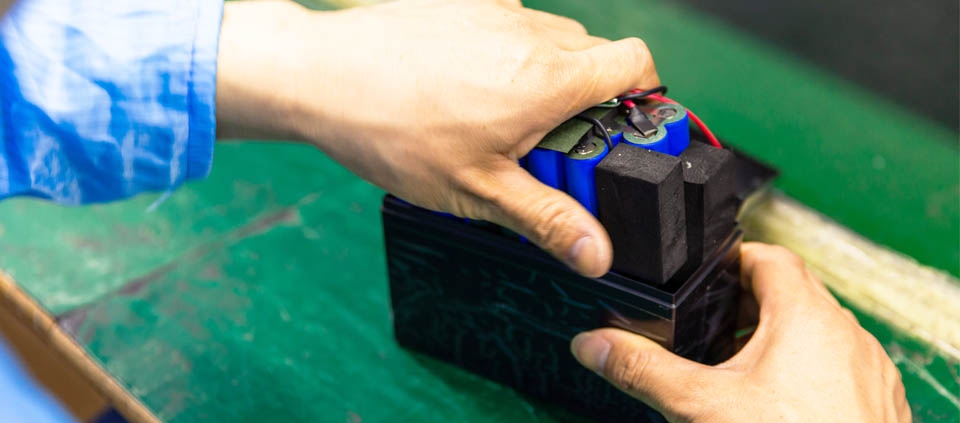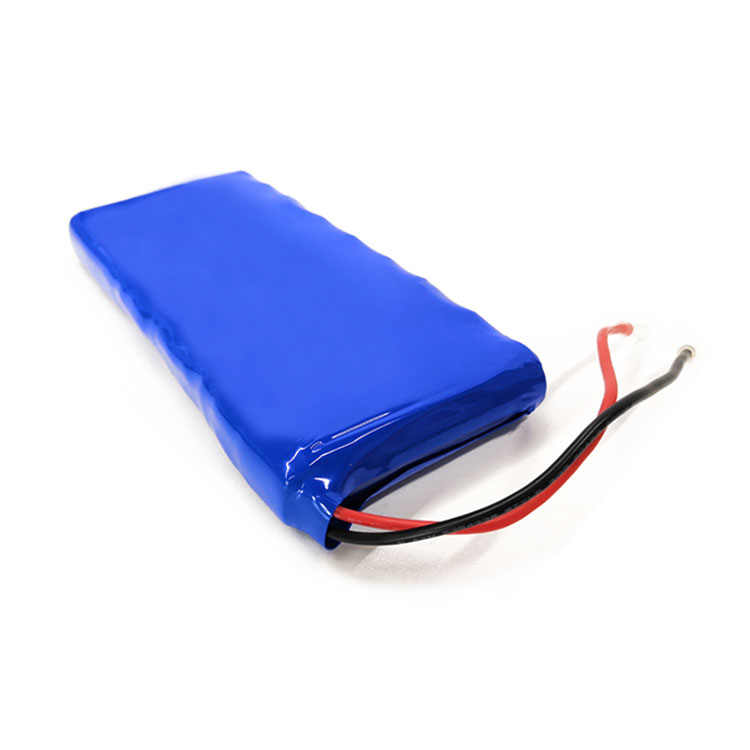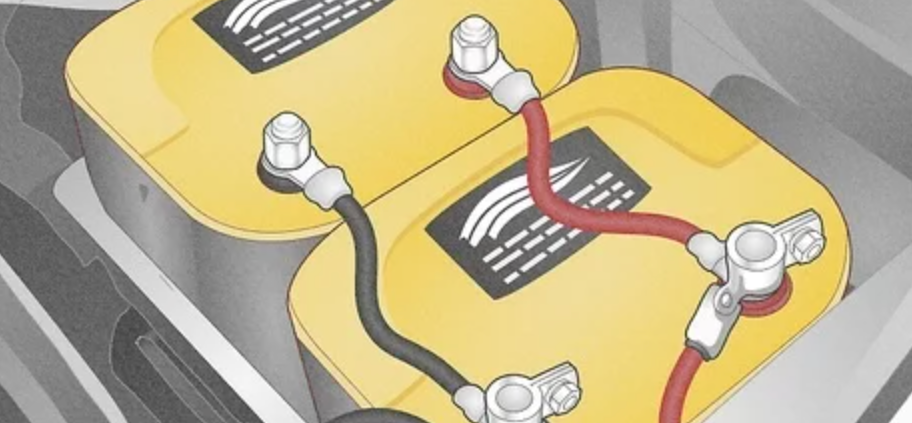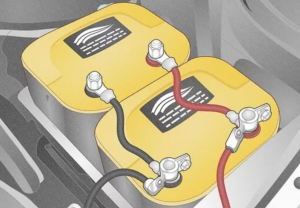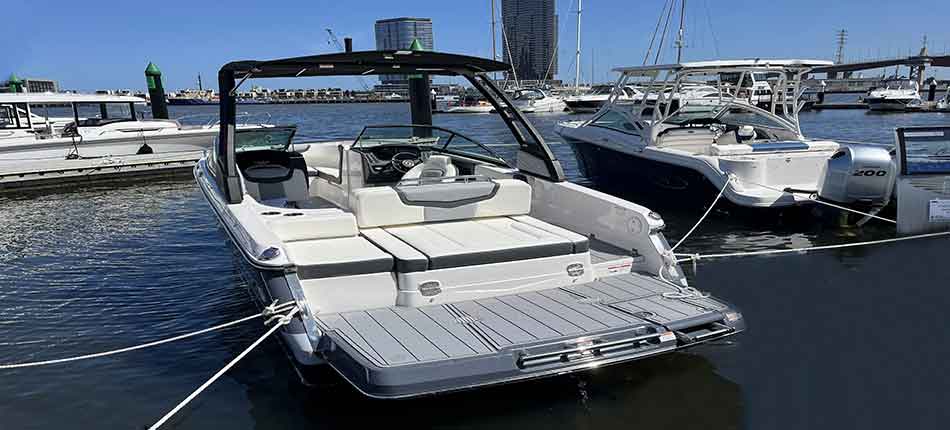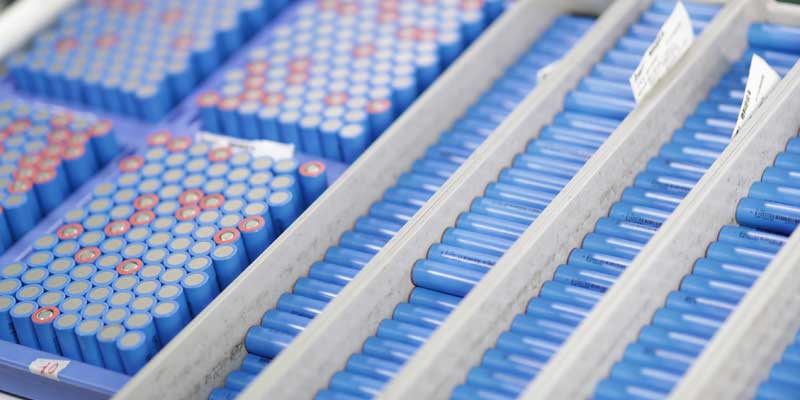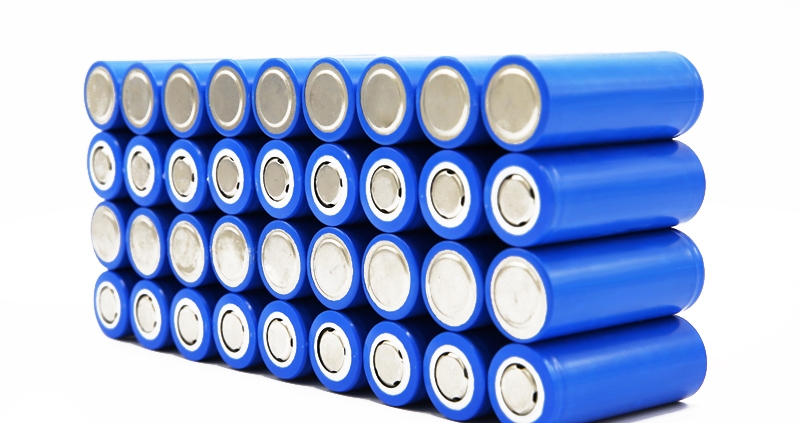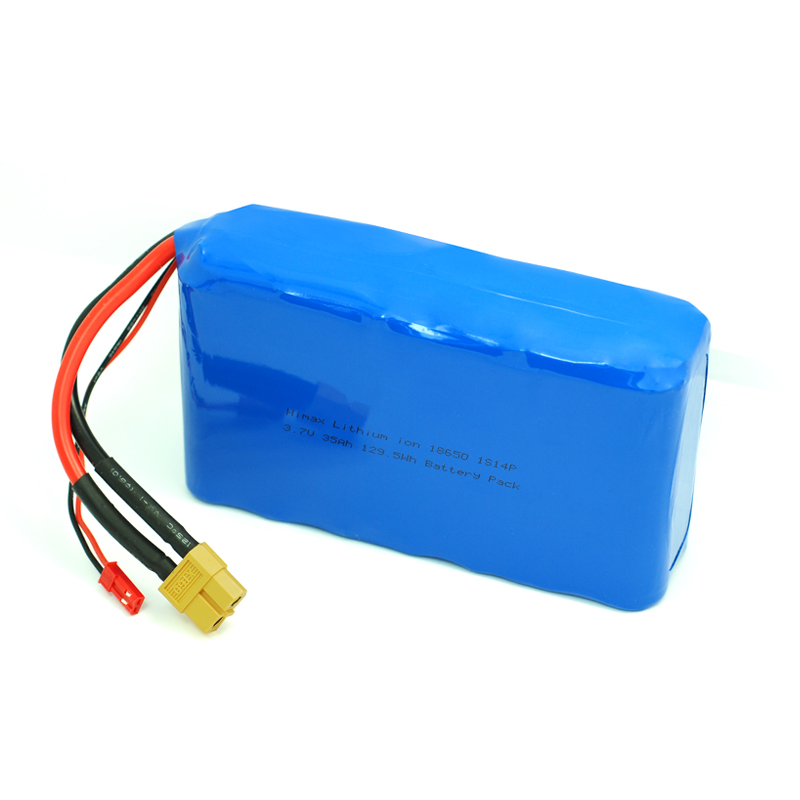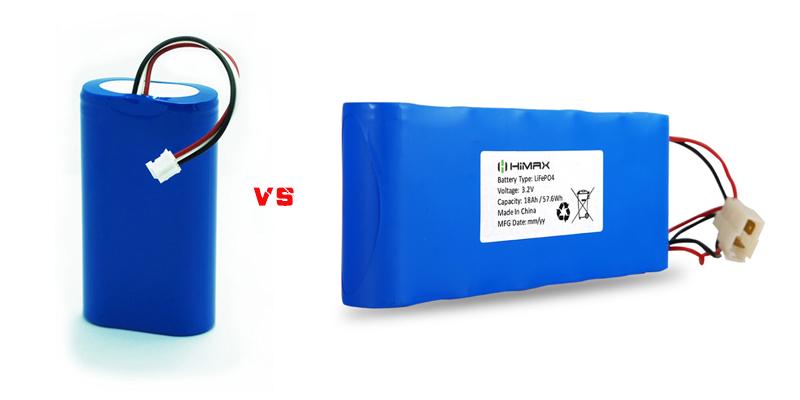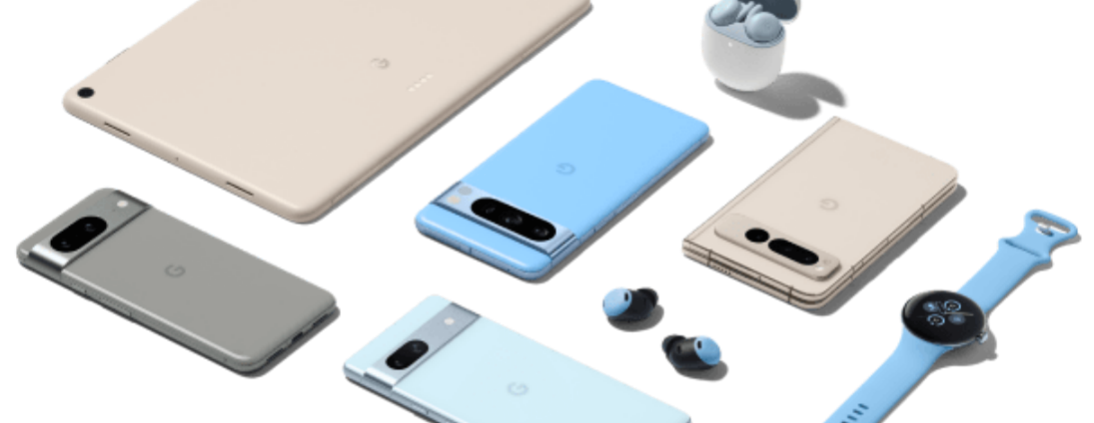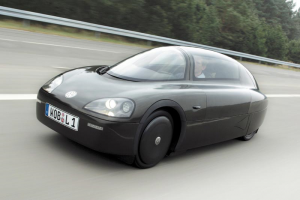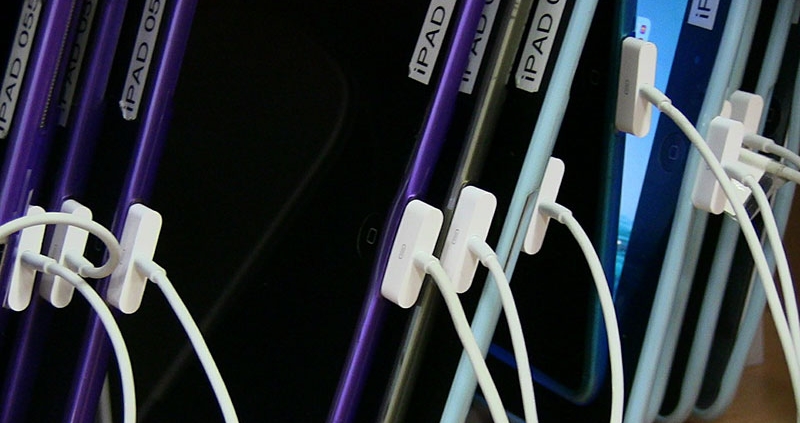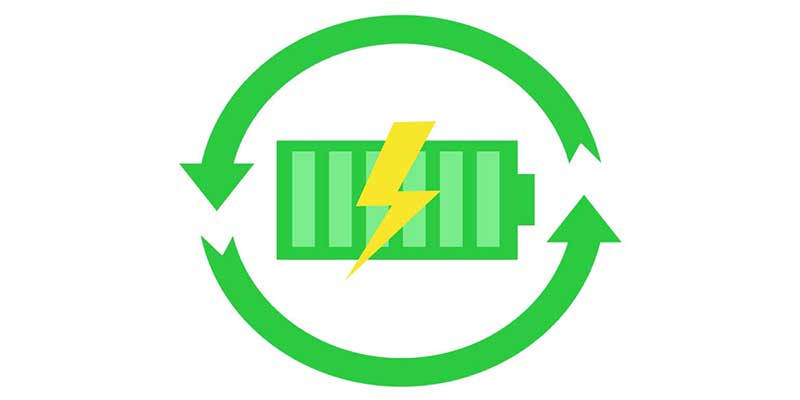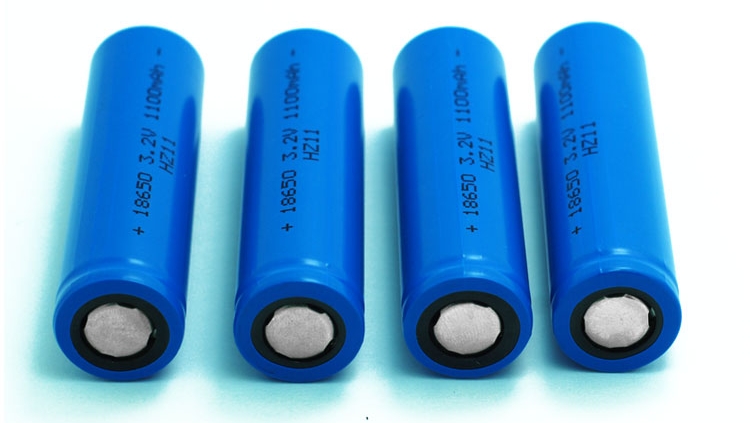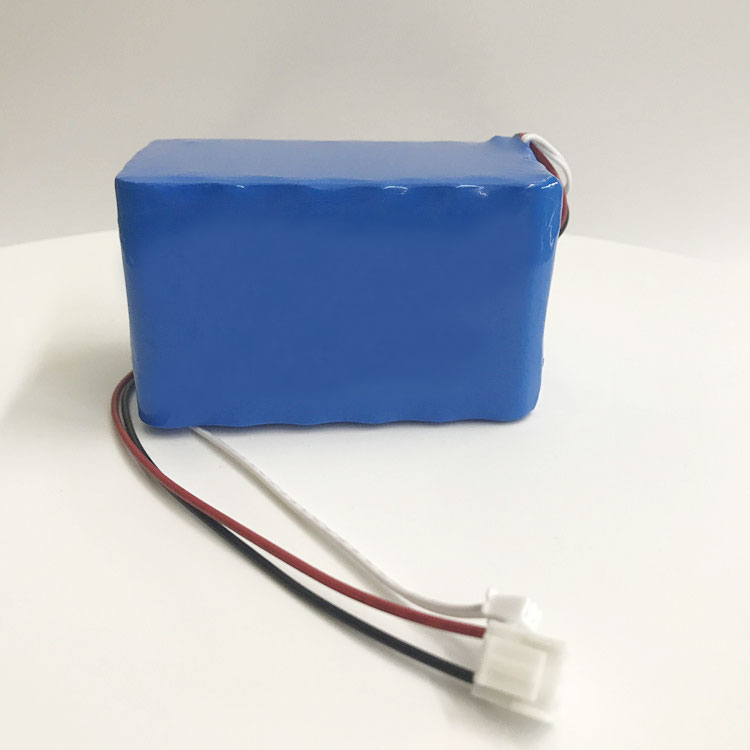Are you on the lookout for the perfect marine battery to power your boat? With a multitude of options available in the market, selecting the ideal one can be quite daunting. Fear not, for I’m here to guide you through the process of choosing the right marine battery tailored to your needs.
Marine batteries are specifically designed to withstand the harsh conditions of marine environments while providing reliable power for various applications on boats, such as starting engines, powering electronics, and running appliances.
There are primarily three types of marine batteries to consider:
Starting Batteries: These batteries are designed to deliver a quick burst of energy to start your boat’s engine. They are built to withstand frequent charging and discharging cycles without losing their capacity.
Deep Cycle Batteries: Deep cycle batteries are designed to provide a steady amount of power over a long period. They are ideal for powering onboard accessories like trolling motors, lights, and radios.
Dual-Purpose Batteries: As the name suggests, dual-purpose batteries combine the characteristics of starting batteries and deep cycle batteries. They offer a balance between cranking power and deep cycling capabilities, making them versatile for various marine applications.
When selecting a marine battery, several factors should be taken into account:
Battery Capacity: Consider the capacity of the battery, usually measured in ampere-hours (Ah). This indicates how much energy the battery can store and deliver over time. Calculate your boat’s power requirements to determine the appropriate battery capacity.
Maintenance Requirements: Some batteries require regular maintenance, such as checking water levels and cleaning terminals, while others are maintenance-free. Assess your willingness to perform maintenance tasks when choosing a battery type.
Durability: Marine batteries need to withstand the rigors of the marine environment, including vibrations, moisture, and temperature fluctuations. Look for batteries with durable construction and features like vibration resistance and corrosion protection.
Charging Compatibility: Consider the charging system on your boat and ensure compatibility with the selected battery. Some batteries may require specific charging voltages or charging methods to optimize performance and lifespan.
Size and Weight: Ensure that the battery’s size and weight are suitable for your boat’s available space and weight capacity. Compact and lightweight batteries are preferable, especially for smaller boats with limited storage space.
Choosing the right marine battery is crucial for the smooth operation of your boat’s electrical systems. So, whether you’re embarking on a weekend fishing trip or a leisurely cruise, make sure your boat is equipped with the perfect marine battery to power your adventures.
For more information on marine batteries and other battery, visit Himax.



